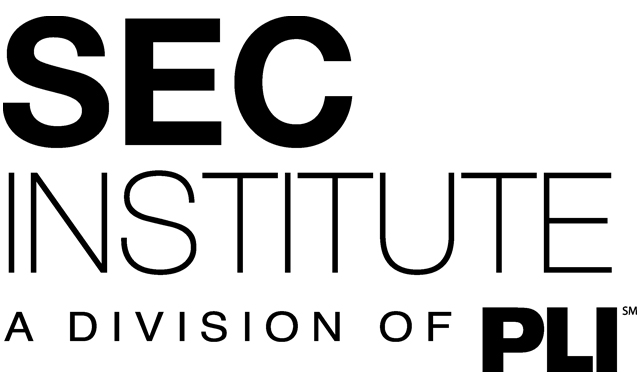- feature
- ADVERTISING SUPPLEMENT
Avoiding derivative surprises

Q Do companies sometimes find “unexpected” derivative instruments?
A Yes! When companies want to borrow money at a fixed rate of interest, it is not uncommon to find that borrowing on a variable rate note and fixing the interest rate with an interest rate swap is a more economical way to borrow. The interest rate swap, which seems connected to the debt, is actually a derivative instrument. In addition, certain provisions, such as variable share provisions in warrants and interest rate caps and floors in a debt instrument, may also create derivative instruments.
Q How might such a derivative instrument affect financial reporting?
A Generally, derivative instruments must be remeasured to fair value at each period end and any unrealized gain or loss recognized in income, creating volatility in the income statement. If appropriate steps are taken to designate and document a hedging relationship, such as between the debt and the interest rate swap in the example above, this volatility can be avoided.
Q What are the best ways to avoid derivative surprises?
A To avoid derivative surprises, carefully review borrowing and financing arrangements to understand all transaction documents and terms. If a loan and swap are entered into simultaneously to fix an interest rate, be sure to appropriately analyze the situation and comply with the requirements in the FASB Accounting Standards Codification to establish a hedging relationship. Formal designation, documentation, and identification of the instruments involved will be key. These requirements are very restrictive, so early analysis is important.
Q What special provisions are available for private companies?
A Private companies have special provisions to make hedge accounting less complex. These include more time to document certain parts of a hedging relationship and a streamlined process to measure how well a hedge is working.
Sponsored by:




















